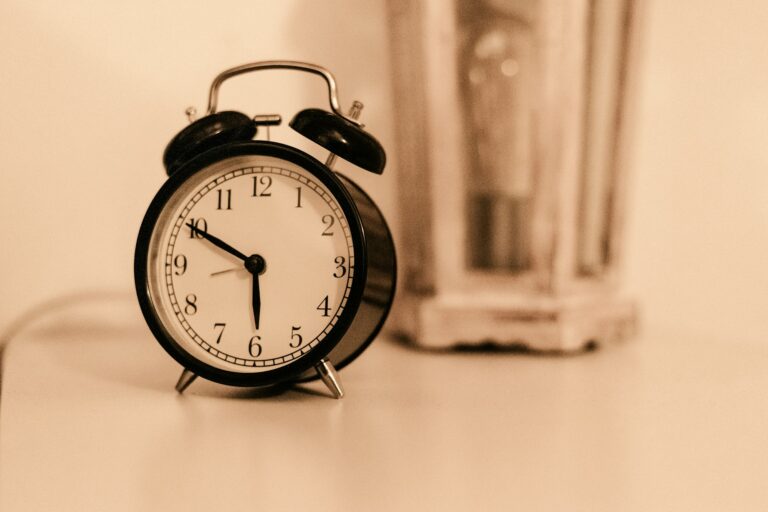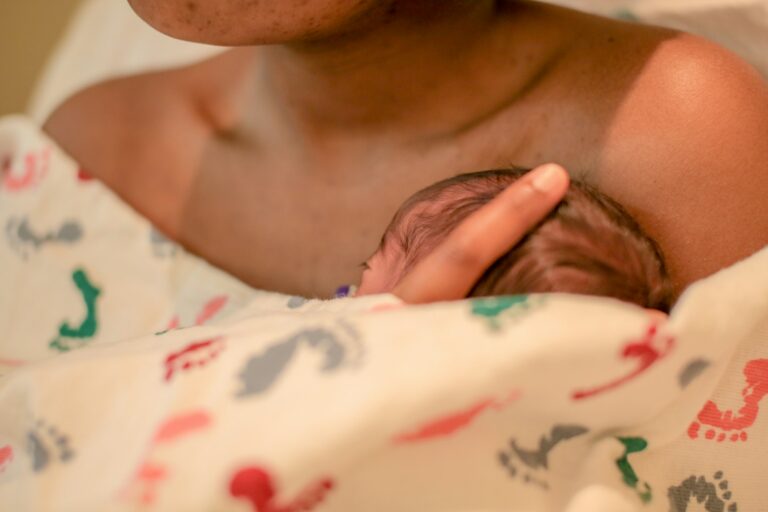When it comes to pregnancy, post-partum or even infancy, there’s one word that often comes up in the language of healthcare professionals: martial deficiency (or iron deficiency).
But what exactly is iron used for? Why do we need it so much, especially when we’re expecting a baby or have just given birth? We explain it all, simply.
What is iron?
Iron is a trace element, i.e. a mineral that our body does not produce, but absolutely needs, even in very small quantities. It plays a crucial role in a number of vital functions:
- It makes hemoglobin, the protein in our red blood cells that carries oxygen from the lungs to all our organs.
- It is also a component of myoglobin, which helps muscles store oxygen.
- It is involved in cellular metabolism, i.e. the way cells produce energy.
- It supports the immune system, our shield against infections.
Where does iron hide in our bodies?
We can find iron in several places in our body, here is how it is distributed:
| Where? | How much? | What’s it for? |
| Hemoglobin (red blood cells) | ~65 % | Oxygen transport |
| Ferritin (liver) | ~20 % | Stocking up |
| Myoglobin (muscles) | ~10 % | Oxygen storage |
| Enzymes | ~5 % | Producing energy |
| Transferrin (blood) | <0,1 % | Transporting iron |
When iron runs out…
The body can run out of iron without you noticing right away. But as iron reserves decline, signs of deficiency may appear:
- Persistent fatigue (even after a good night’s sleep)
- Shortness of breath on exertion
- Pale complexion
- Dizziness, headaches
- Brittle nails, dull hair
- Palpitations
⚠️ Beware of confusion:
- Iron deficiency is not necessarily anemia. It is, however, a stage at which you need medical attention to prevent the situation from deteriorating.
- Iron-deficiency anemia is the next stage, when the hemoglobin level in the blood drops significantly.
Iron and pregnancy: a multiplied need
During pregnancy, your iron needs soar:
- You make more blood to nourish the placenta and the baby.
- The fetus needs iron to develop, especially in the 2ᵉ and 3ᵉ trimester.
Iron deficiency during pregnancy can lead to :
- Maternal fatigue
- Increased risk of premature delivery
- Higher risk of hemorrhage after childbirth
📌 Key figure: Around 80% of pregnant women have very low iron reserves at the end of pregnancy.
It can take up to two years after giving birth for them to be fully replenished.
But it's also one of the reasons why you may have a difficult post-partum period.
We recommend that you discuss this with your doctor, who will be able to prescribe a complete check-up and help you return to a state of balance and appropriate recovery.
The critical post-partum period
After childbirth, the body is tired, and blood loss can accentuate the deficiency. A deficient mother is a mother who is :
- More tired, even beyond “normal” post-delivery
- Greater risk of post-partum depression
- Less concentrated, less “present
This is why a biological workup is often recommended:
- Hemoglobin: if <100 g/L, we speak of significant anemia
- Ferritin: to be measured approximately 6 weeks after delivery (not too soon, as inflammation can distort the results).
What to do in the event of a deficiency?
✅ Treatment
- Iron supplementation: tablets or infusion (in cases of severe deficiency or poor digestive tolerance)
- Adapted nutrition: see below!
- Treat the cause: heavy bleeding, poor diet, digestive problems…
✅ Follow-up
- Hemoglobin control after 2 weeks
- Assessment of fatigue, mood and daily routine
💡 In severe cases, a transfusion may be necessary. This is rare, but possible.
And to prevent deficiency?
Here are some good reflexes:
Foods rich in haem iron (well absorbed by the body) :
- Red meat
- Liver
- Fish
Plant sources (non-haem iron) :
- Pulses (lentils, chickpeas, etc.)
- Spinach, cabbage, broccoli
- Dried fruit (apricots, raisins, etc.)
Promote absorption:
- ✅ Always combine iron with vitamin C: a kiwi or orange juice, and off you go!
- 🚫 Limit tea, coffee and dairy products at mealtimes: they slow down iron absorption.
- 🔍 If you are vegetarian or vegan, medical supervision is strongly recommended to adjust your intake and avoid deficiency.
What about babies?
Babies are born with iron reserves formed during pregnancy. But these deplete around 6 months. That’s why :
- The introduction of iron-rich foods is essential from the time of diversification.
- Breastfeeding alone is not always enough: ask your paediatrician for advice
Iron requirements by age and situation
| Category | Recommended intake (mg/day) |
| Infant (7-12 months) | 11 mg |
| Children (1-3 years) | 7 mg |
| Children (4-8 years) | 10 mg |
| Teenager (ages 14-18) | 15 mg |
| Adjusted adult female | 16-18 mg |
| Pregnant woman | 25-27 mg |
| Nursing mothers | 10 mg |
Things to remember
- Iron is your body’s oxygen.
- A pregnant woman or new mother has very high needs.
- The deficiency may be invisible at first, but it has real consequences on physical and mental health.
- Prevention is better than cure: the right diet, regular medical check-ups and, if necessary, supplements, are your best allies.
🔗 To find out more, visit ameli.fr, or talk to your midwife, doctor or paediatrician. At heloa.app, we’re here to guide you, step by step. 💛










